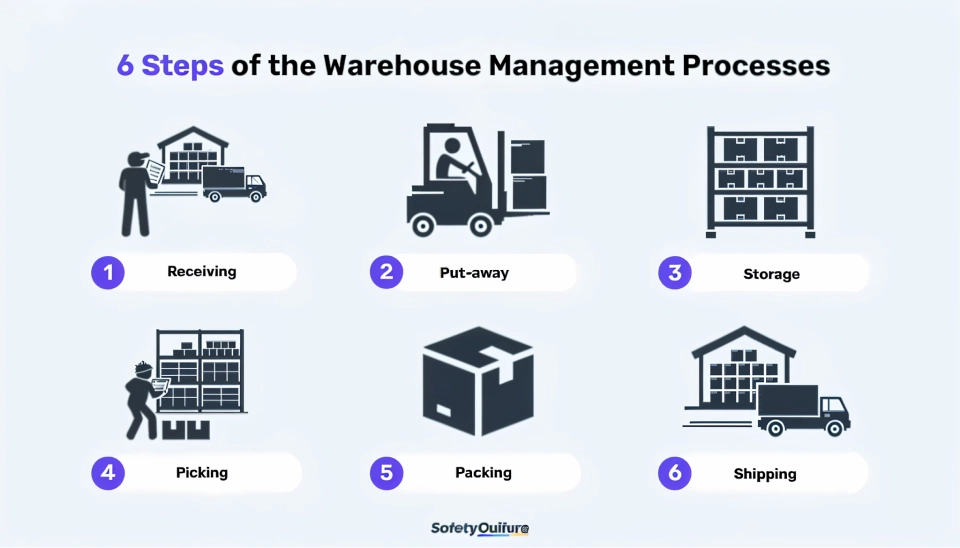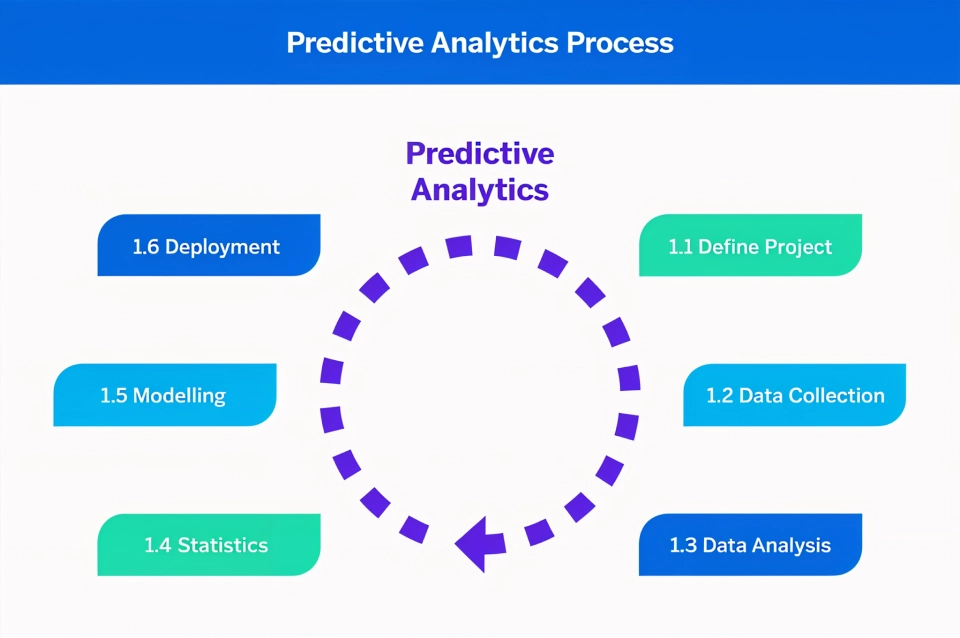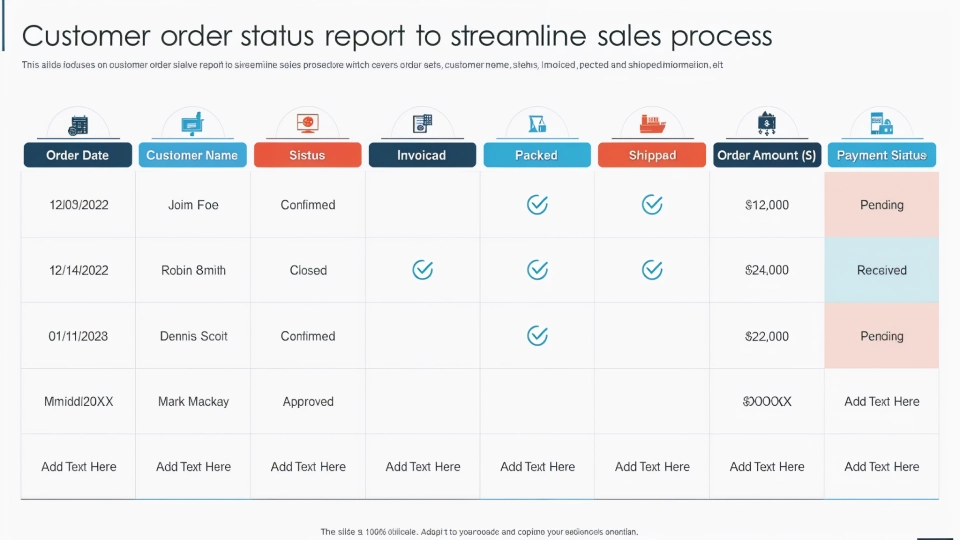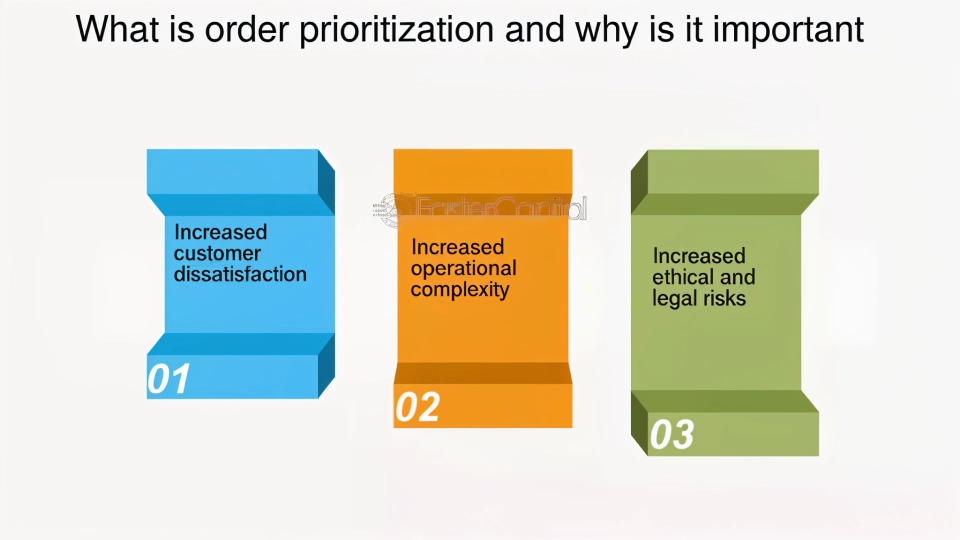Preparing for Peak Shipping Seasons for SMEs

For small and medium-sized enterprises (SMEs), understanding when peak season starts and effectively managing these critical periods is crucial for maintaining smooth operations.
Peak shipping seasons demand meticulous planning to ensure products reach customers on time, sustain high levels of customer satisfaction, and optimize revenue streams.
During these times, SMEs often face increased order volumes, complex logistics challenges, and tighter deadlines. Bombax plays a pivotal role in this scenario with its fast, flexible, and agile logistics solutions, designed specifically to handle the heightened demands of peak seasons. Bombax provides the expertise and resources needed to keep your logistics operations on track.
In this blog, we’ll delve into the essential strategies and expert advice that SMEs need to prepare for peak shipping seasons. By integrating these insights, you can better manage the challenges of peak periods and ensure that your business remains efficient and competitive.
Understanding Peak Shipping Season in Logistics
When Does Peak Season Start?
Peak shipping season is the time of year when demand for shipping services spikes due to increased consumer purchasing, especially around holidays and special events. Understanding when peak season starts is crucial for effective logistics planning.
In India, peak season typically begins with the festive period in late summer, marked by Raksha Bandhan, and gains momentum with Ganesh Chaturthi, Durga Puja, and Diwali, all of which drive significant consumer demand and higher shipping volumes.
This rush is followed by global events like Black Friday and Cyber Monday, which further intensify the shipping load. The season extends through Christmas and New Year celebrations.
Knowing when does peak season start allows businesses to anticipate demand and prepare accordingly. By tracking these high-demand periods, SMEs can align their logistics strategies to ensure timely deliveries and avoid bottlenecks.
Why Logistics Planning Is Crucial
The impact of peak shipping seasons on supply chain operations cannot be ignored. During these periods, businesses face challenges such as increased shipment volumes, transportation delays, and higher logistics costs. Without proper shipment planning, these challenges can lead to disruptions that affect customer satisfaction and profitability.
Financially, all seasons logistics strategies become essential, as peak periods often come with increased costs due to surge pricing from carriers, overtime for warehouse staff, and expedited shipping fees.
However, by implementing efficient logistics management practices, businesses can control costs and maximize revenue during these critical times.
Common Peak Shipping Season Logistics Challenges
Increased Volume
One of the most significant challenges during eCommerce peak season is handling the sheer volume of shipments. As consumer demand skyrockets, SMEs must ensure that their logistics operations can scale to meet the increased workload.
This involves
- managing higher inventory levels
- ensuring sufficient warehouse space
- and coordinating with carriers to handle the surge.
Transportation Bottlenecks
With more shipments on the move, transportation networks often become congested, leading to potential delays. To mitigate this, businesses need to plan their shipping schedules meticulously and work closely with carriers to secure priority transportation slots.
Understanding seasonal freight trends can help in forecasting these bottlenecks and adjusting logistics strategies accordingly.
Warehouse Management
With increased inventory comes the need for optimized space utilization and streamlined operations.

Coordination with Carriers
During peak seasons, carriers are often overwhelmed with shipments, which can lead to service disruptions. Businesses can ensure their shipments are prioritized by establishing strong relationships with carriers and using technology for real-time communication. Maintaining seamless collaboration with shipping carriers is key to avoiding delays.
Tips for Preparing Logistics for Peak Shipping Season
1. Early Planning
Start Early: Effective shipment planning should begin well before peak shipping season arrives. Review historical sales data to identify trends and forecast demand.
Allocate Resources: Early planning allows businesses to allocate resources such as warehouse space, transportation capacity, and staffing more effectively.
Example: An eCommerce business might analyze sales data from the previous Diwali season to anticipate inventory needs and avoid last-minute scrambling.
2. Demand Forecasting
Use Predictive Analytics: Leverage predictive analytics and historical data to anticipate demand during e-commerce peak seasons like Black Friday or Diwali.

3. Risk Management
Align Resources: Ensure that inventory levels, staffing, and transportation are aligned with the expected demand.
Example: A business selling winter clothing could predict a surge in orders during December and ensure sufficient stock and delivery capacity are in place.
4. Optimizing Warehouse Operations
Reorganize Layout: To handle increased volumes, reorganize the warehouse layout for better efficiency, such as grouping high-demand items closer to packing stations.
Implement Automation: Use automated picking systems or cross-train employees to handle multiple tasks, improving operational flexibility.
Example: A company might install automated sorting systems ahead of the Christmas rush to speed up order processing.
5. Flexible Staffing
Hire Temporary Workers: Consider hiring temporary logistics workers or adjusting shifts to manage the workload during peak seasons.
Avoid Overwhelm: Flexible staffing ensures there are enough hands on deck without overwhelming the regular workforce.
Example: A warehouse might bring in extra workers during the Diwali season to manage the spike in orders
6. Enhanced Communication
Keep Stakeholders Informed: Maintain clear and consistent communication with all stakeholders, including customers, suppliers, and carriers.
Manage Expectations: By keeping everyone informed about shipping schedules and potential delays, businesses can manage expectations and reduce customer dissatisfaction.
Example: Sending regular updates to customers about their order status during Cyber Monday can help maintain trust and satisfaction.

How to Manage Logistics During Peak Shipping Season
Automation Tools
Technology plays a crucial role in managing logistics during peak shipping season. Automation tools, such as API integration for booking and tracking shipments, can streamline supply chain operations and reduce manual errors.
SMEs should consider investing in logistics software that offers real-time tracking, automated notifications, and data analytics to enhance efficiency.
Partner Collaboration
Collaboration with logistics partners, including suppliers and carriers, is essential for smooth operations during peak seasons. Work closely with these partners to ensure that everyone is aligned with the logistics plan and can respond quickly to any issues that arise.
Order Prioritization

Not all orders are created equal, especially during peak seasons. Developing a system to prioritize and expedite critical shipments can help SMEs manage customer expectations and ensure that key orders are delivered on time.
This might involve prioritizing orders based on customer location, order value, or delivery deadlines.
Real-Time Monitoring and Adjusting
Continuous monitoring of logistics performance is key to managing peak season challenges. By tracking key metrics, such as on-time delivery rates, shipping costs, and warehouse efficiency, businesses can identify issues early and make necessary adjustments in real time.
This proactive approach helps to minimize disruptions and keep logistics operations on track.
Ways to Prepare Logistics for Peak Shipping Season
1. Review and Optimize Logistics Processes
Conduct Regular Audits: Regularly reviewing your logistics processes is essential for peak season preparedness. Conduct thorough audits to identify inefficiencies and areas for improvement.
Implement Enhancements: Once areas for improvement are identified, implement changes to streamline operations. This could involve:
- Streamlining order fulfillment processes to reduce delays.
- Renegotiating contracts with carriers for better rates or faster service.
- Upgrading technology to improve accuracy and efficiency.
2. Emergency Plans
Peak seasons often bring unforeseen challenges such as transportation delays or warehouse disruptions. Having contingency plans in place ensures quick responses to minimize operational impact.
Key Strategies include:
- Developing backup transportation routes or partnerships to avoid delays.
- Establishing alternative warehouse locations in case of disruptions.
Example: If a primary carrier experiences delays, having a backup carrier ready can keep shipments on schedule.
3. Training Logistics Staff
Invest in staff training. Well-trained staff are crucial for smooth logistics operations during peak seasons. Provide comprehensive training programs that cover:
- Handling increased shipment volumes efficiently.
- Managing customer inquiries promptly and effectively.
- Utilizing logistics technology to enhance performance.
Ongoing training like offering refresher courses and updating training as new technologies or processes are introduced is also crucial to maintain the delivery standards.

4. Leveraging Technology
Utilize Advanced Logistics Tools to manage peak season challenges more effectively. Advanced logistics software can offer:
Real-time Tracking: Monitor shipments in real-time to ensure timely deliveries.
Automated Notifications: Keep customers informed about their orders with automated shipping notifications.
Efficiency Boost: Tools like Bombax’s digital platform streamline logistics operations, reducing the risk of errors and enhancing overall efficiency.
For Example, a business might use Bombax’s platform to automate shipping labels and track shipments during the holiday season, ensuring that customers receive their orders on time.
Conclusion
As peak shipping season approaches, SMEs must prioritize their logistics strategies to ensure success. By following the tips and strategies for all seasons logistics, businesses can confidently navigate peak season’s challenges.
Bombax is here to support businesses with their logistics needs during peak seasons, offering fast, flexible, and reliable solutions tailored to meet the demands of these critical periods. Don’t let logistics challenges hold your business back—partner with Bombax and ensure a seamless eCommerce peak season experience.